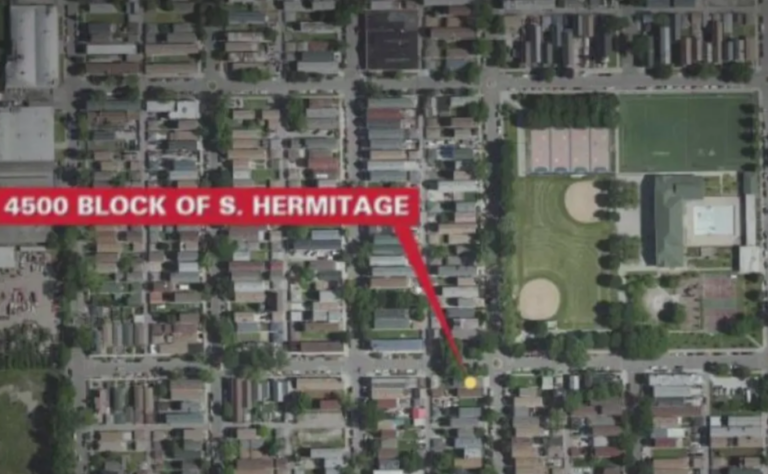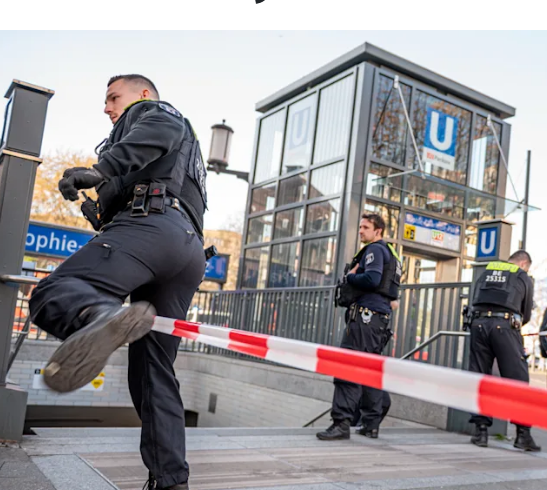
In a new filing Friday, Smith’s team said that the order of documents in some of the boxes of memos that were seized by the FBI from Trump’s Mar-a-Lago estate was altered or jumbled, leaving two different chronologies: one that was digitally scanned and another the physical order in the boxes.
“Since the boxes were seized and stored, appropriate personnel have had access to the boxes for several reasons, including to comply with orders issued by this Court in the civil proceedings noted above, for investigative purposes, and to facilitate the defendants’ review of the boxes,” Smith’s team wrote in a new court filing to U.S. District Judge Aileen Cannon.
“There are some boxes where the order of items within that box is not the same as in the associated scans,” the prosecutors wrote.
Smith’s team in a footnote also conceded it had misled the court about the problem by previously declaring that the evidence had remained in the exact state it had been seized.
“The Government acknowledges that this is inconsistent with what Government counsel previously understood and represented to the Court,” the footnote said.
File:
gov.uscourts.flsd_.648653.522.0.pdf
The organization of the documents in storage boxes at Mar-a-Lago is likely to be an important part of Trump‘s defense.
His team is expected to argue the documents were stored in the White House in chronological order on the days that Trump received them, and that staff simply boxed them up and sent them to his home without him accessing them or knowing they contained classified information.





